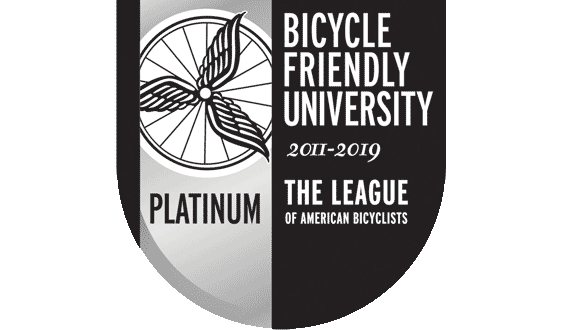Not familiar with ZAP? Watch this short video and continue reading below!

Tony: Why did you choose ZAP?
Kimberly: Dero ZAP was the only all-in-one program we could find. Their RFID tags allowed for easy participation that helped move our bike incentive program away from self-reporting. And the online dashboard provides easy access to information for both participants and program managers.What is your favorite part of using ZAP?
My favorite part of using Dero ZAP are the affirming stories from participants. Our front runner is a facilities staff person, and he’ll be the first to tell you how far ahead of the second place rider he is. There’s also a chemistry professor who can’t get enough of the ‘chirp’ every time he gets to campus. He says it’s like a little cheer that he biked another day; he rides for the health benefits.What was your experience implementing the program and getting people to participate?
Thanks to our Facilities Services staff, we were fortunate enough to get our first (of five) stations installed before our annual Bike Jam/Bike to Campus Day. At that one event, we were able to sign-up 60 participants. Since then, we’ve held more, smaller bike events and are currently at 85 participants. I think our riders appreciate the elimination of self-reporting data. We’re hoping this upcoming year, since we have all five stations installed as of March 2017, we’ll have more participation.What have your results been since implementing the program?
That original station is by-far the most frequented, but the data has shown two other entrances on campus that personally, I don’t see on a daily basis and wouldn’t have expected that much traffic. These stats will help advocate for bike infrastructure in these priority areas.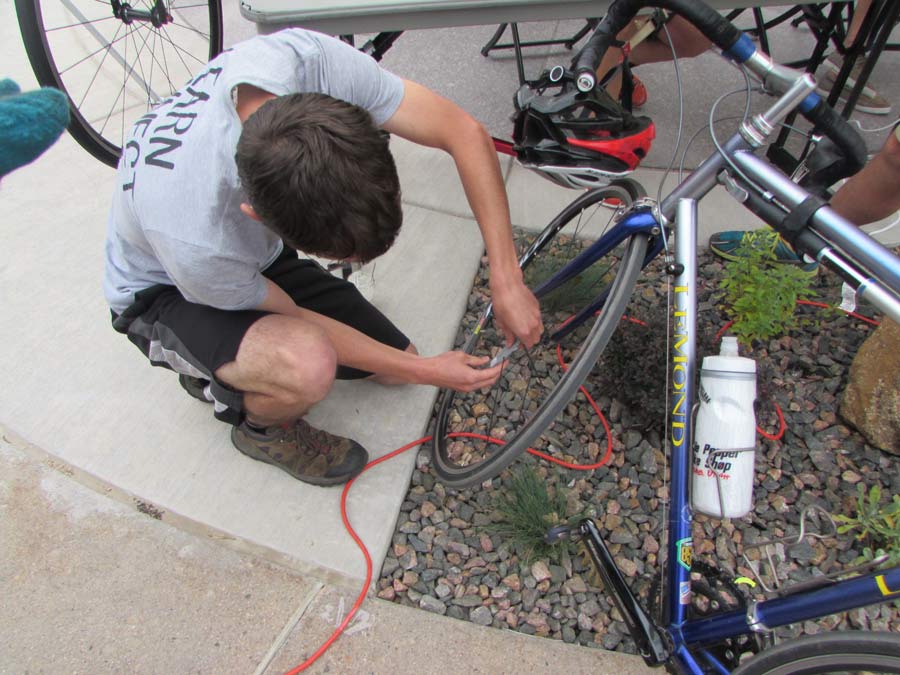
What is your favorite program feature?
My favorite program feature is the ease of randomly handing-out prizes. I’m able to give a concrete goal for the month, and the dashboard provides the ability to sort, draw a winner and automatically alert them with an email. This feature also helps us keep a more accurate inventory of prizes.Why is it important to promote wellness at your organization?
With the location of our campus on a bluff and 15-30 minutes from amazing hiking trails (not to mention the trails on campus,) promoting wellness seems to be a way of life at UCCS. Active living not only keeps us healthy, but also hopefully provides ways in which we can deal with life’s stresses in a positive way.And how does ZAP contribute to promoting wellness?
Dero ZAP has been a forum for talking about why colleagues bike to campus. These conversations sometimes involve saving money on parking or reducing their use of single-occupancy vehicles, but no matter the reason, health is usually a main factor.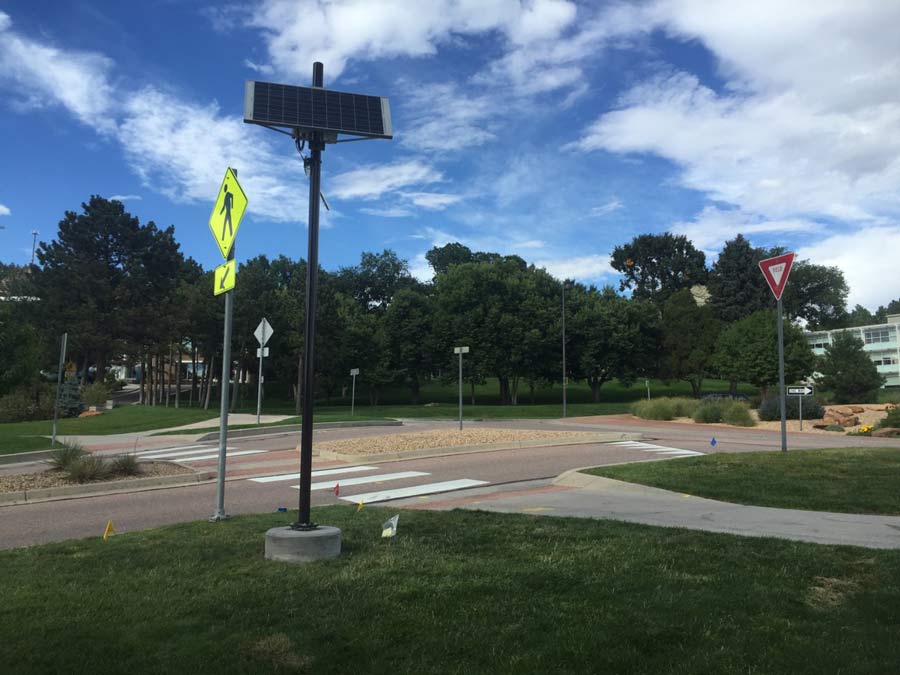

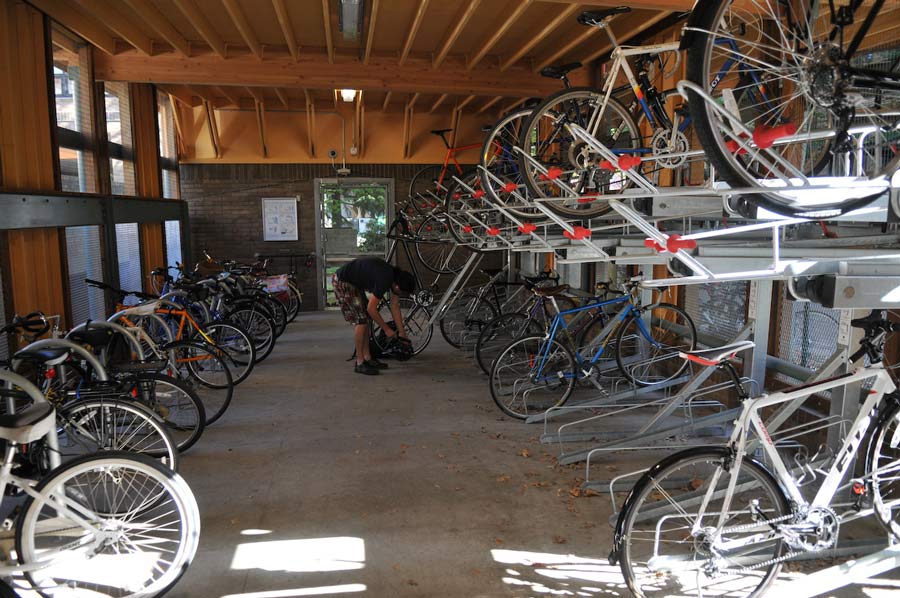 A bike room at Portland State University.
A bike room at Portland State University.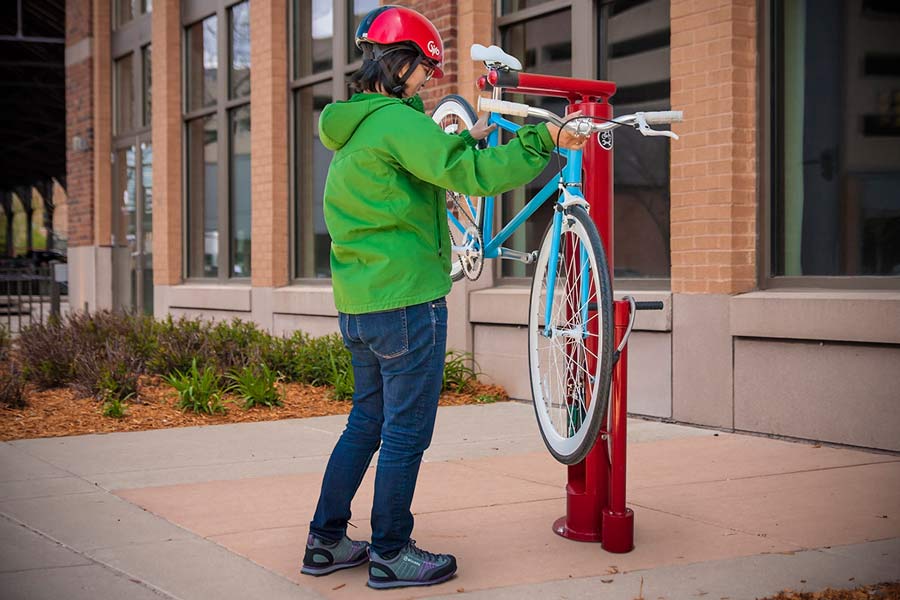 The
The 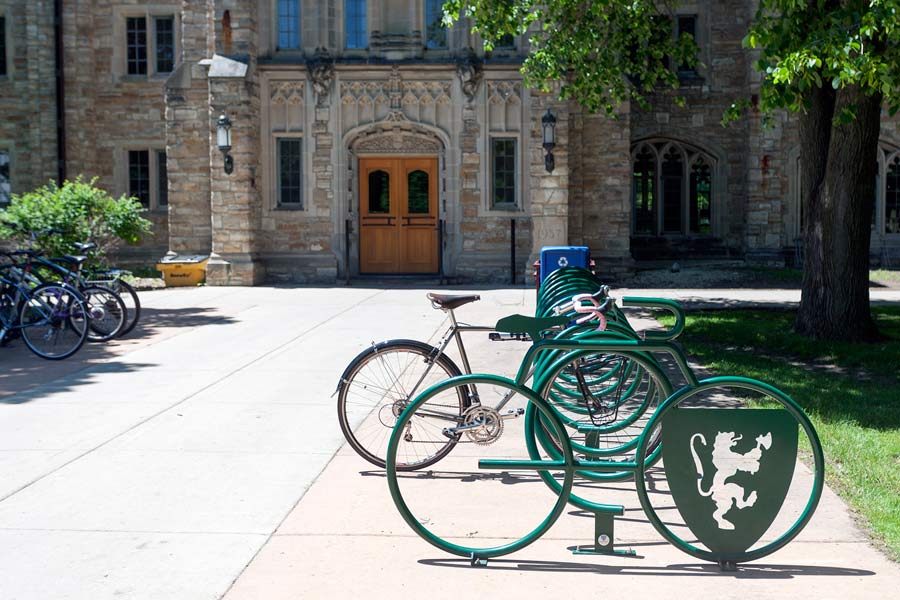 St. Olaf Collage chose to highlight their logo in this custom laser-cut
St. Olaf Collage chose to highlight their logo in this custom laser-cut 